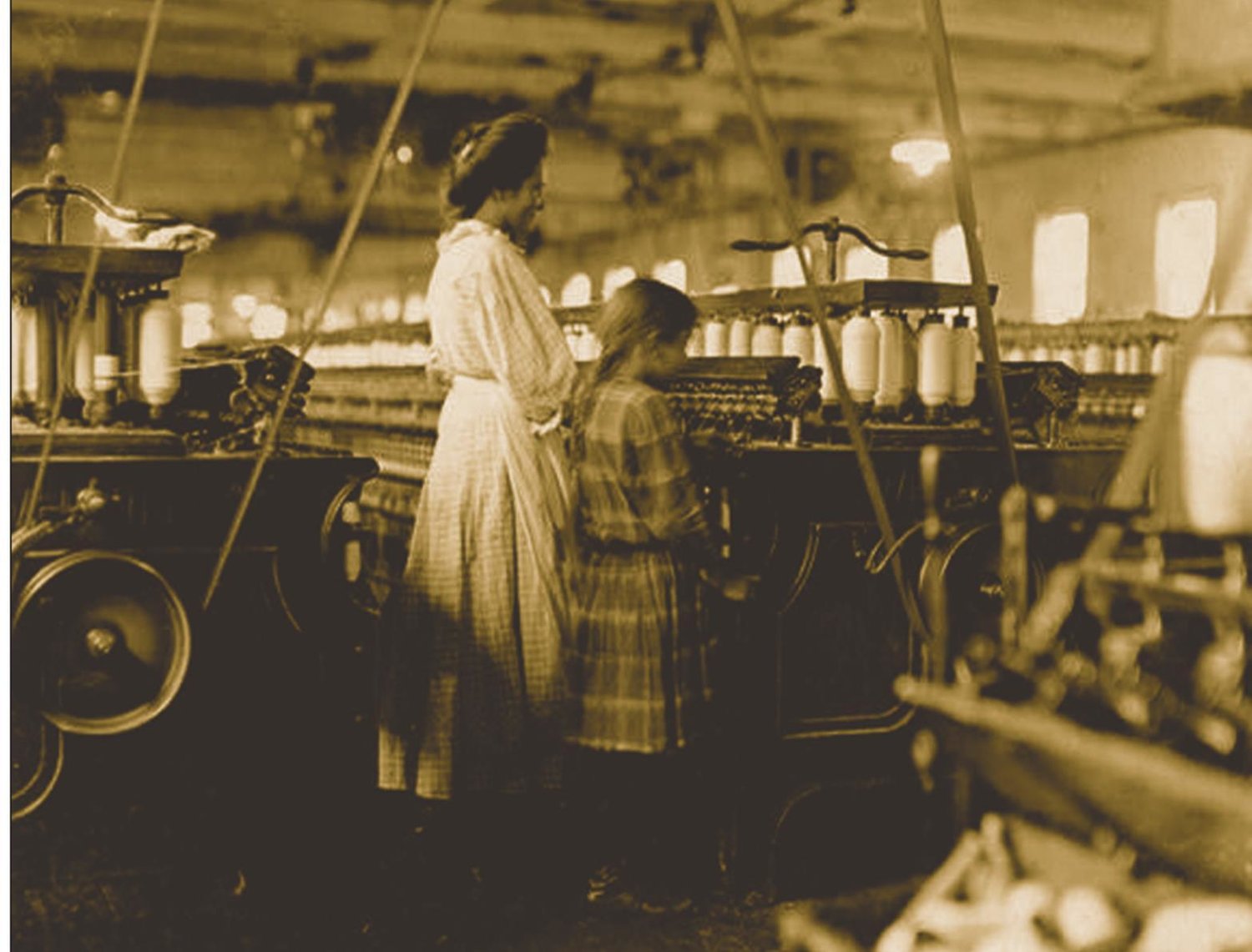Those who worked the Saluda Factory
Last week I told you a bit of the history of the Saluda Factory. If you missed it, it is in the digital edition of July 30 at lexingtonchronicle.com
The factory was on the banks of the Saluda …
This item is available in full to subscribers.
Subscribe to continue reading. Already a subscriber? Sign in
Get 50% of all subscriptions for a limited time. Subscribe today.
Please log in to continueNeed an account?
|
Those who worked the Saluda Factory
Last week I told you a bit of the history of the Saluda Factory. If you missed it, it is in the digital edition of July 30 at lexingtonchronicle.com
The factory was on the banks of the Saluda River off the old State Road. You can see the ruins of the mill on the Lexington side of today’s Riverbanks Zoo.
It was an early water-powered cotton mill which began production around 1830.
The 3-story granite mill housed 3 water wheels. With 250 hands, the mill produced 58,000 pounds of cotton yarn and 2 million yards of cotton cloth a year.
Saluda Factory was chartered in 1834 under the ownership of David Ewart, Thomas Wells, John G. Brown, Shubel Blanding and John I. Gracey. The mill changed ownership a number of times and was not a profitable operation venture in its early days.
As a consequence it sat idle for a number of years. Prior to 1855, Col. James G. Gibbes bought it from Judge John Belton O’Neall for $20,000. Col. Gibbes managed to keep the mill operating with profits from his woolen mill at Dent’s Pond. Col. Gibbes purchased all remaining structures at Granby and had them moved to the mill site for the mill workers at Saludaville.
As the Civil War approached, business increased. The mill worked in conjunction with Col. Gibbes’ uniform factory in Columbia. During the war Col. Gibbes manufactured 50,000 military uniforms. He had 35 tailors and 2,000 women seamstresses.
In 1862 Col. Gibbes sold the factory to Col. L. D. Childs for $100,000 and became an agent for the new owner selling its goods in his Columbia stores.
Gen. Sherman’s troops used the mill’s floor boards for a pontoon bridge to cross the river before burning Saluda Factory.
Col. Gibbes rebuilt the mill for Col. Childs after the war. The new wooden structure was built on the old stone foundation. The mill was chartered a 2nd time in 1874 by William Johnson and John Palmer. This operation continued until it was again destroyed by fire in 1884.
The old Saluda Factory was not rebuilt. The Columbia Water and Power Company bought the property in 1898. After the Saluda Factory burned, Red Bank Mill in Lexington was the only mill in operation in the area until 1891 when Columbia Mill began operation.
Other items that may interest you







Comments
No comments on this item Please log in to comment by clicking here